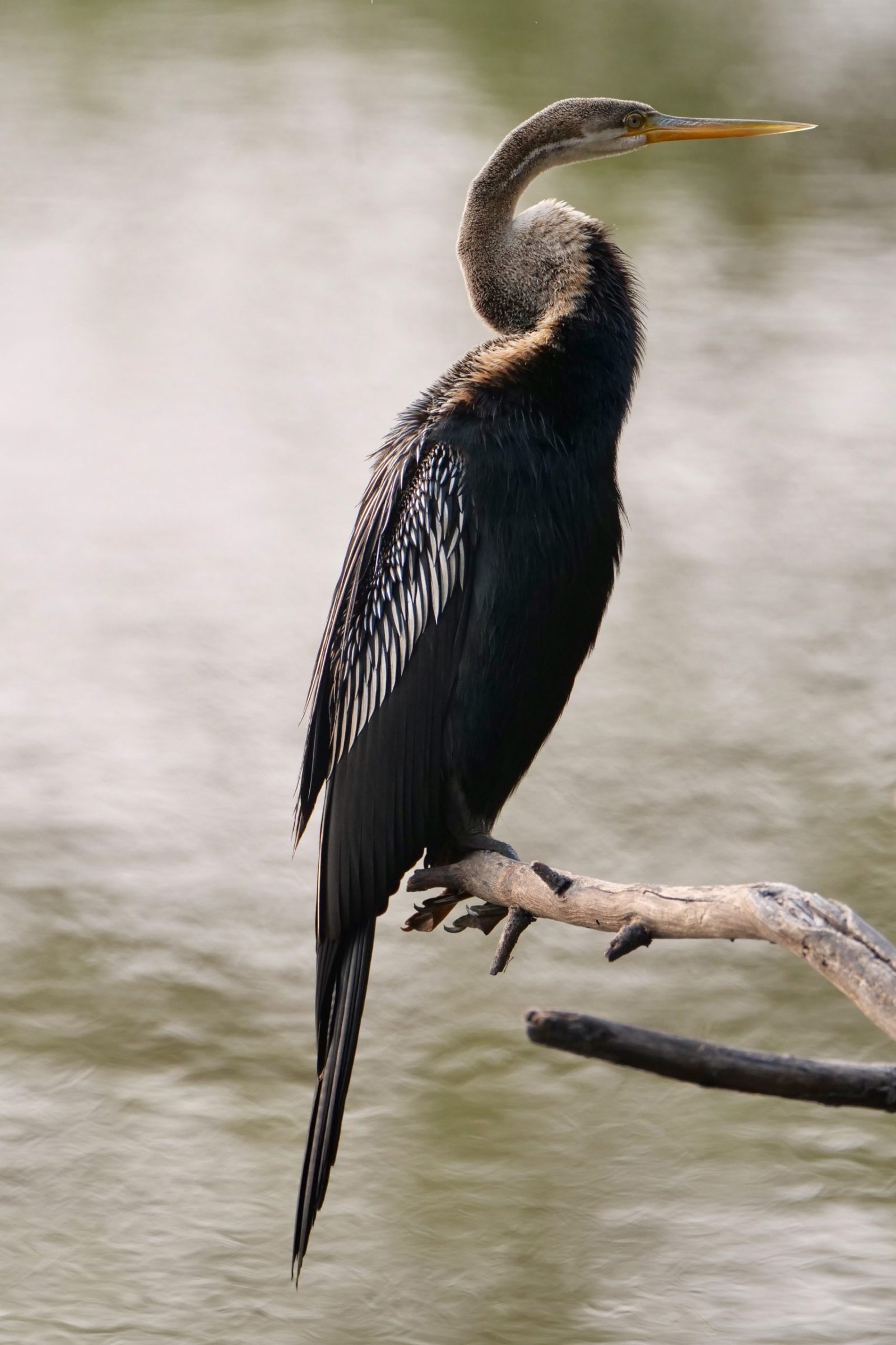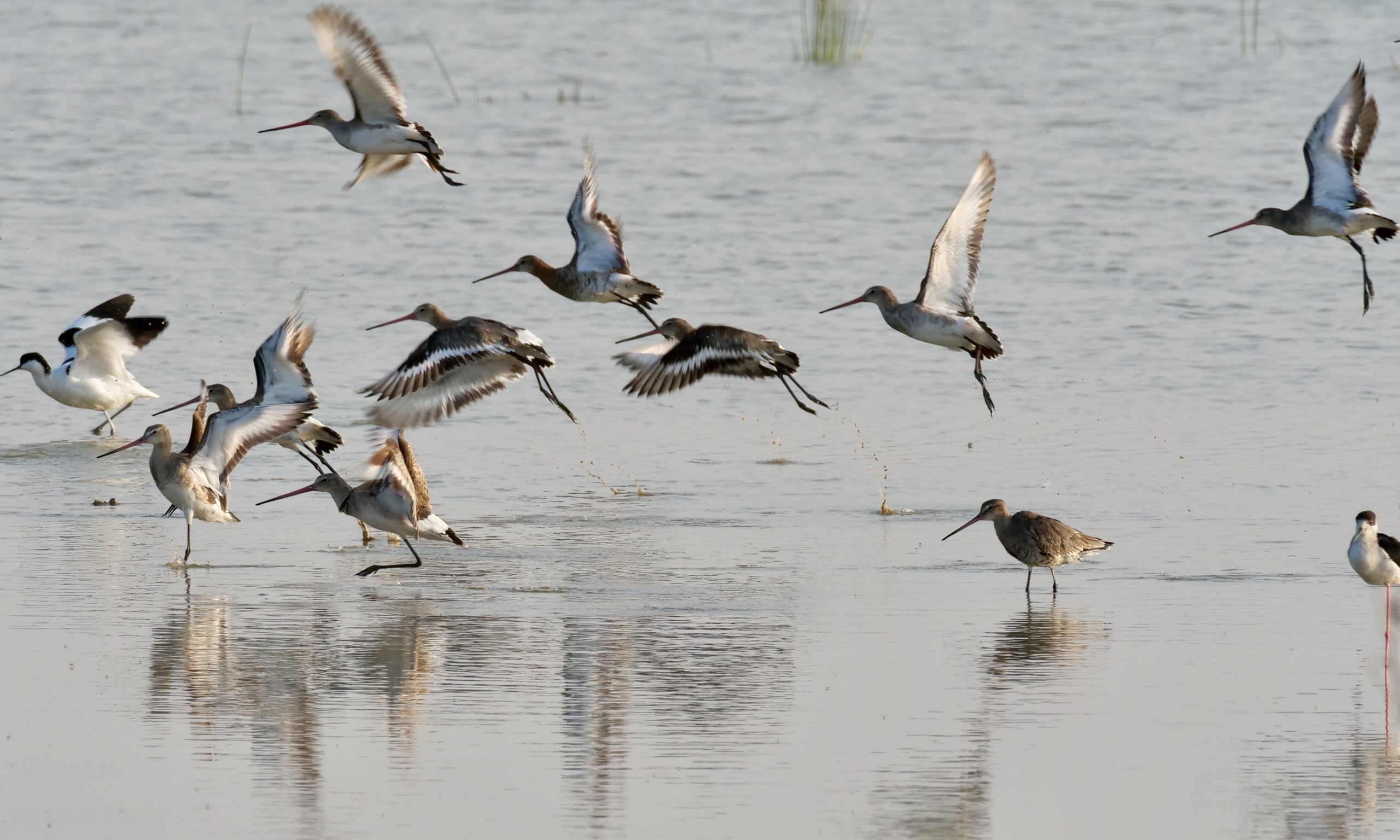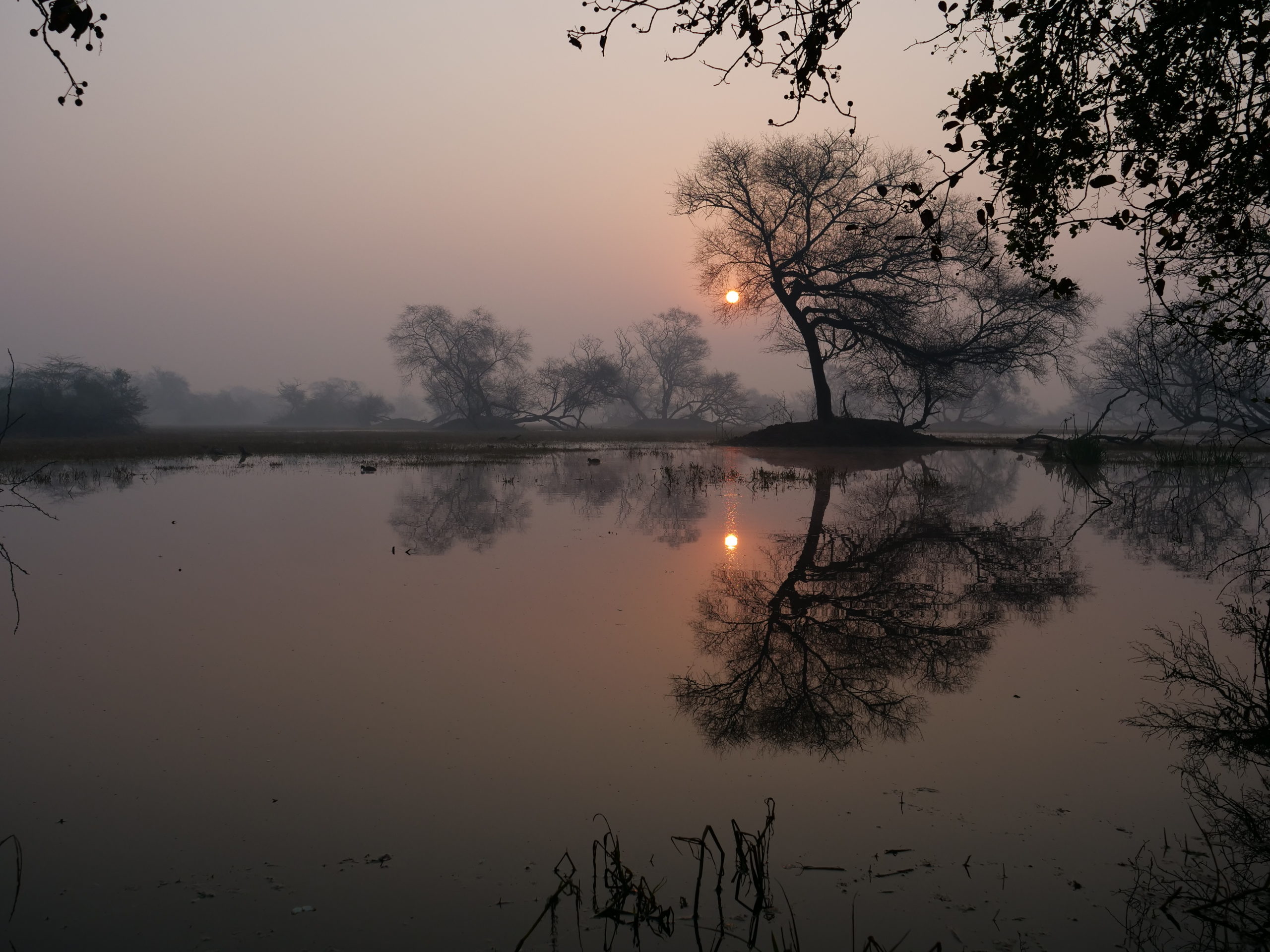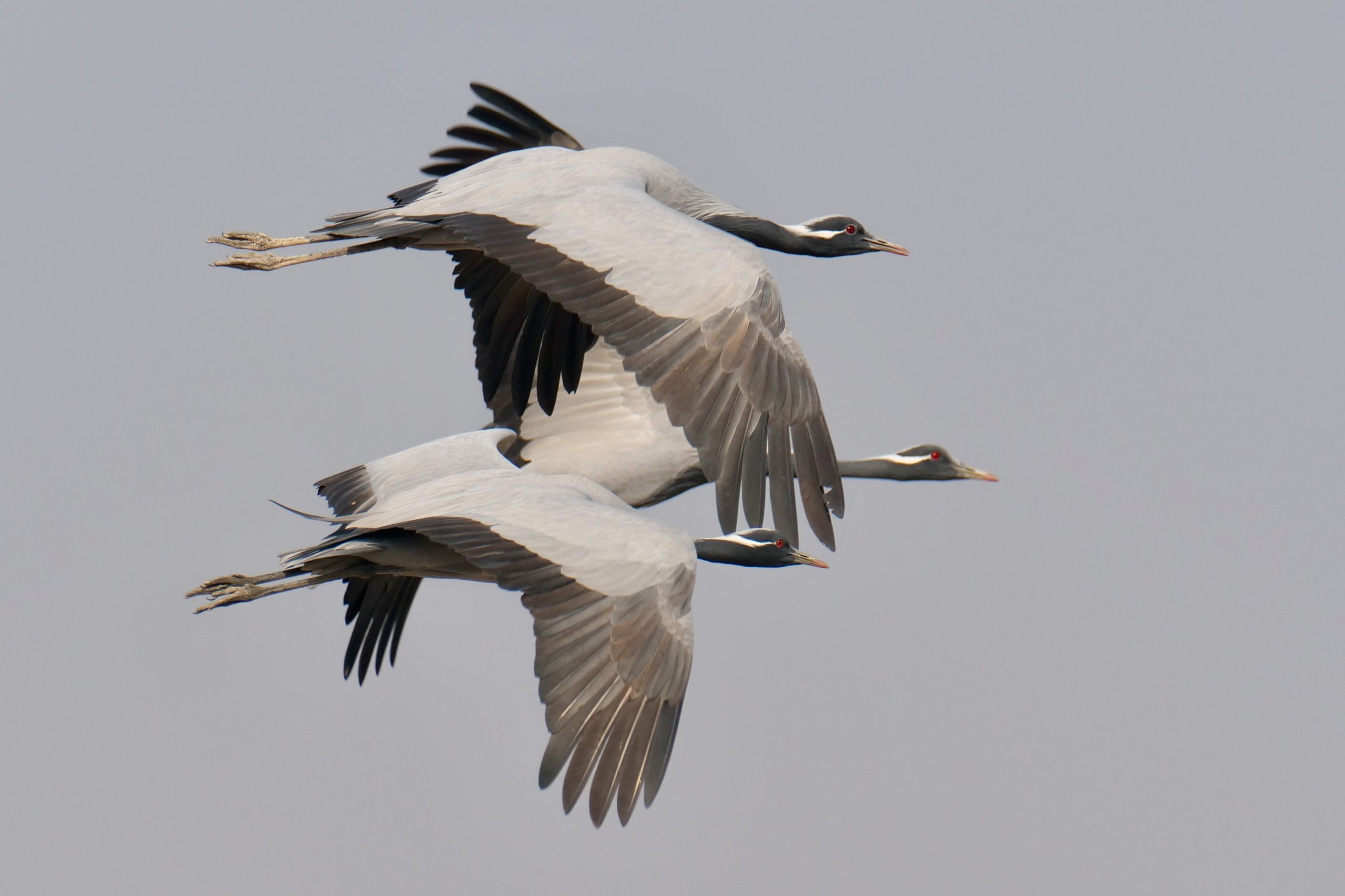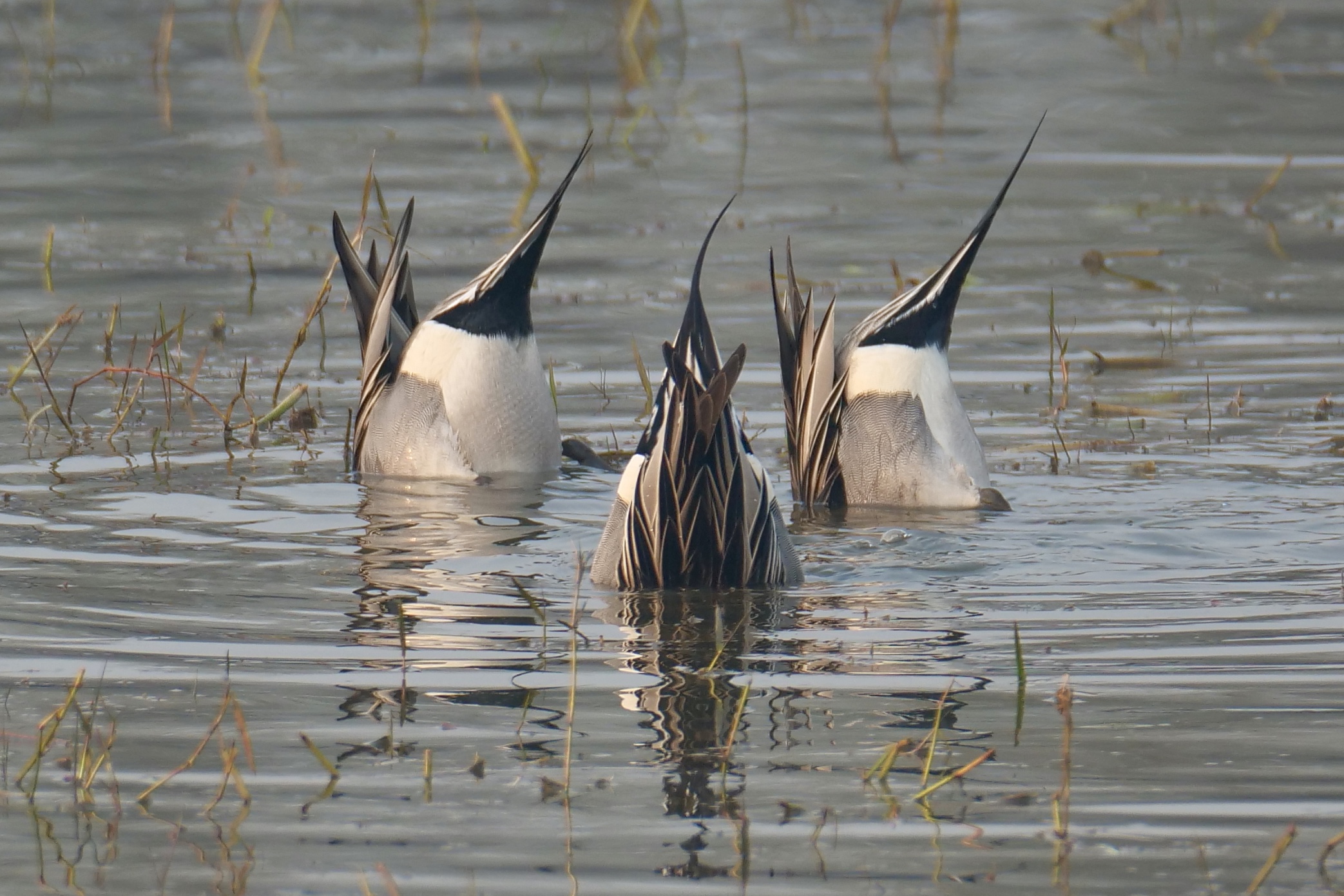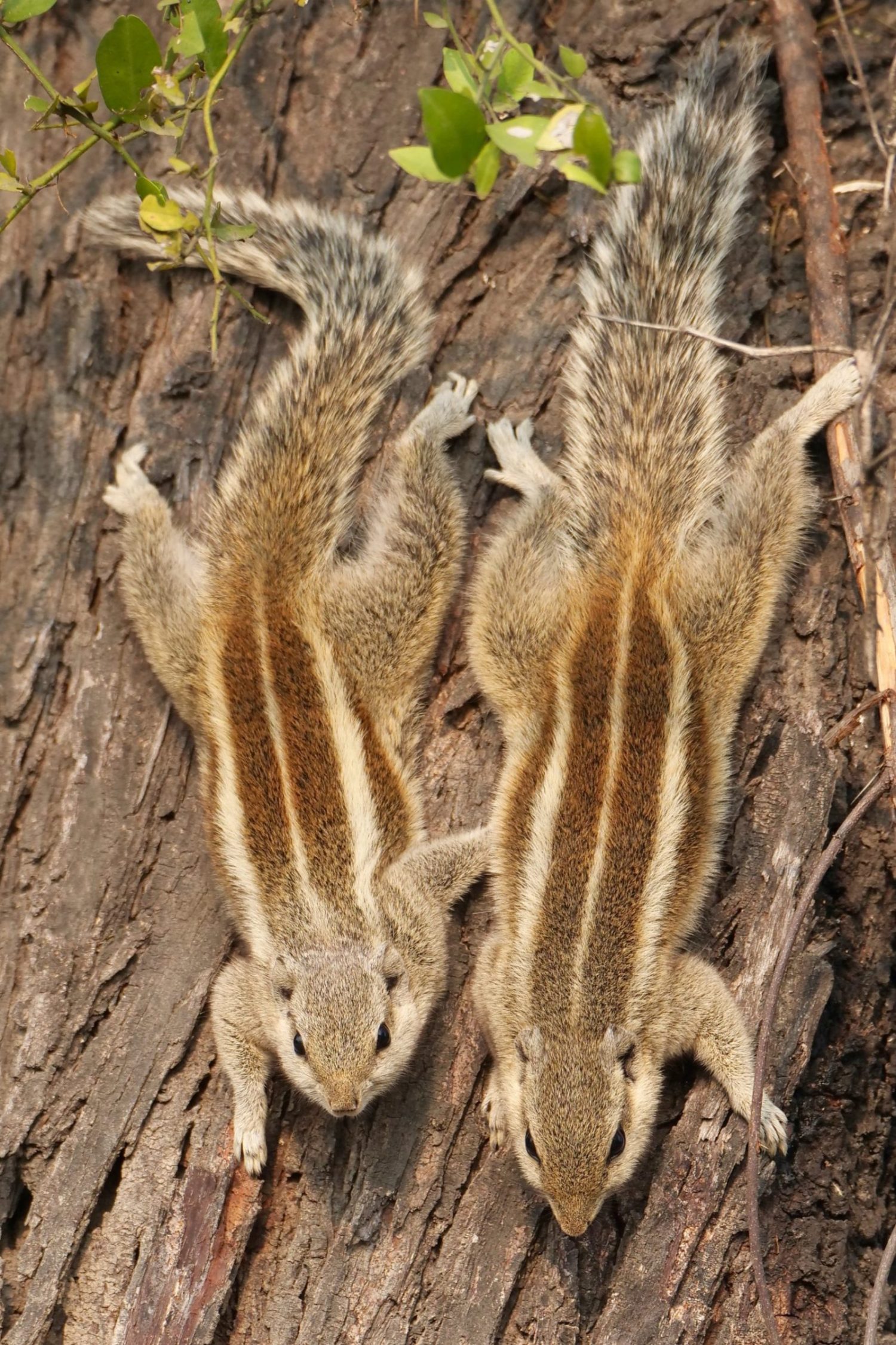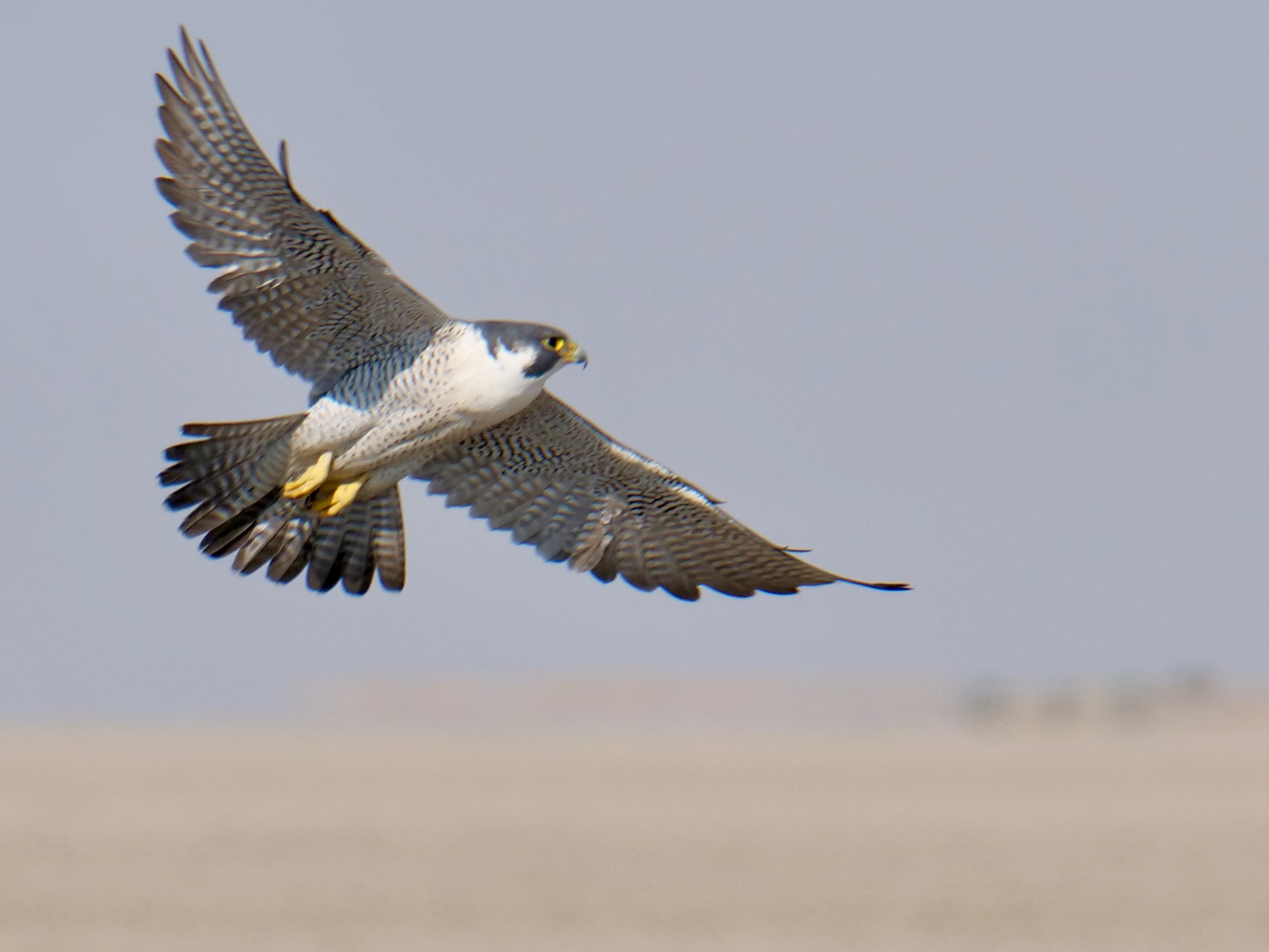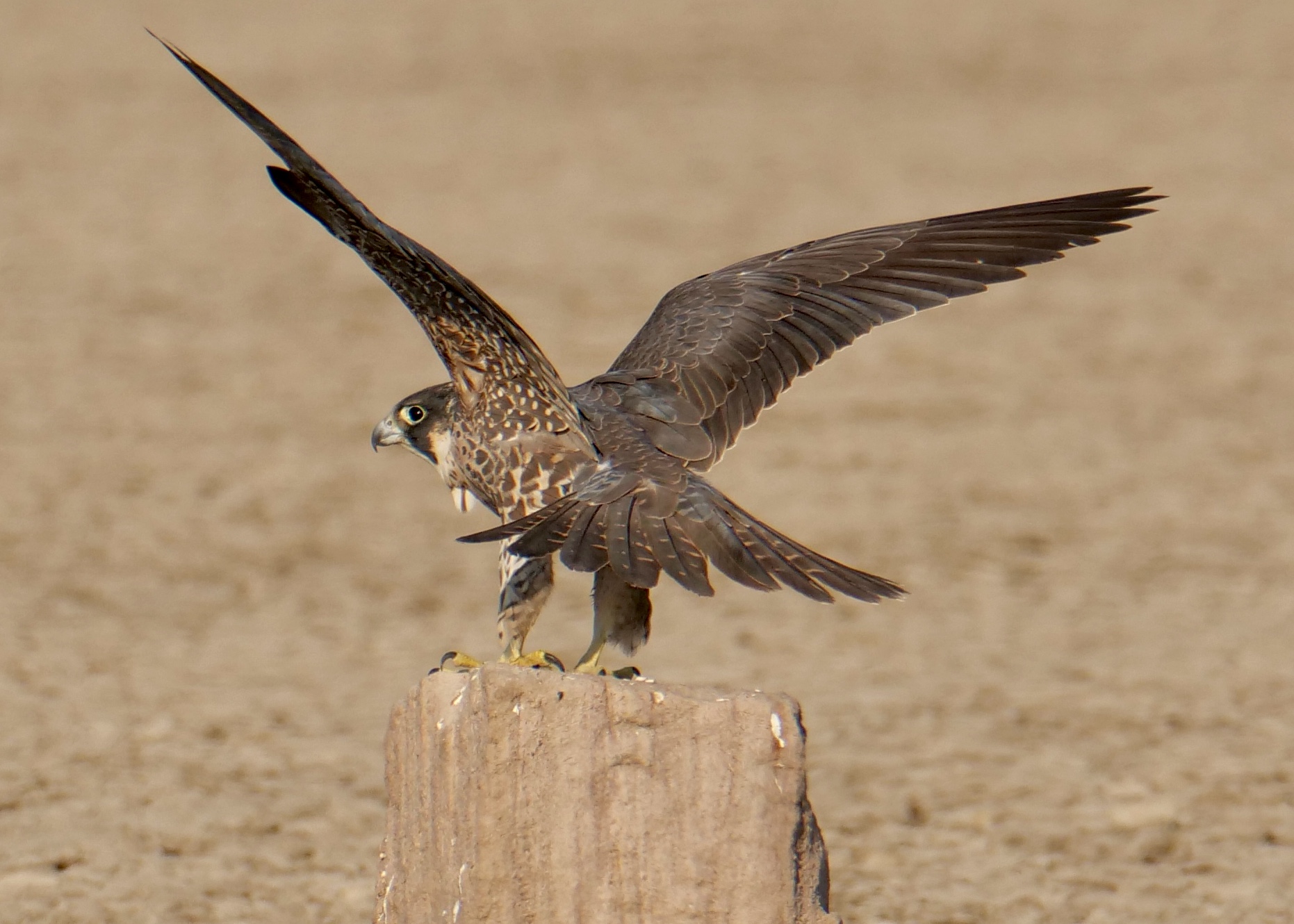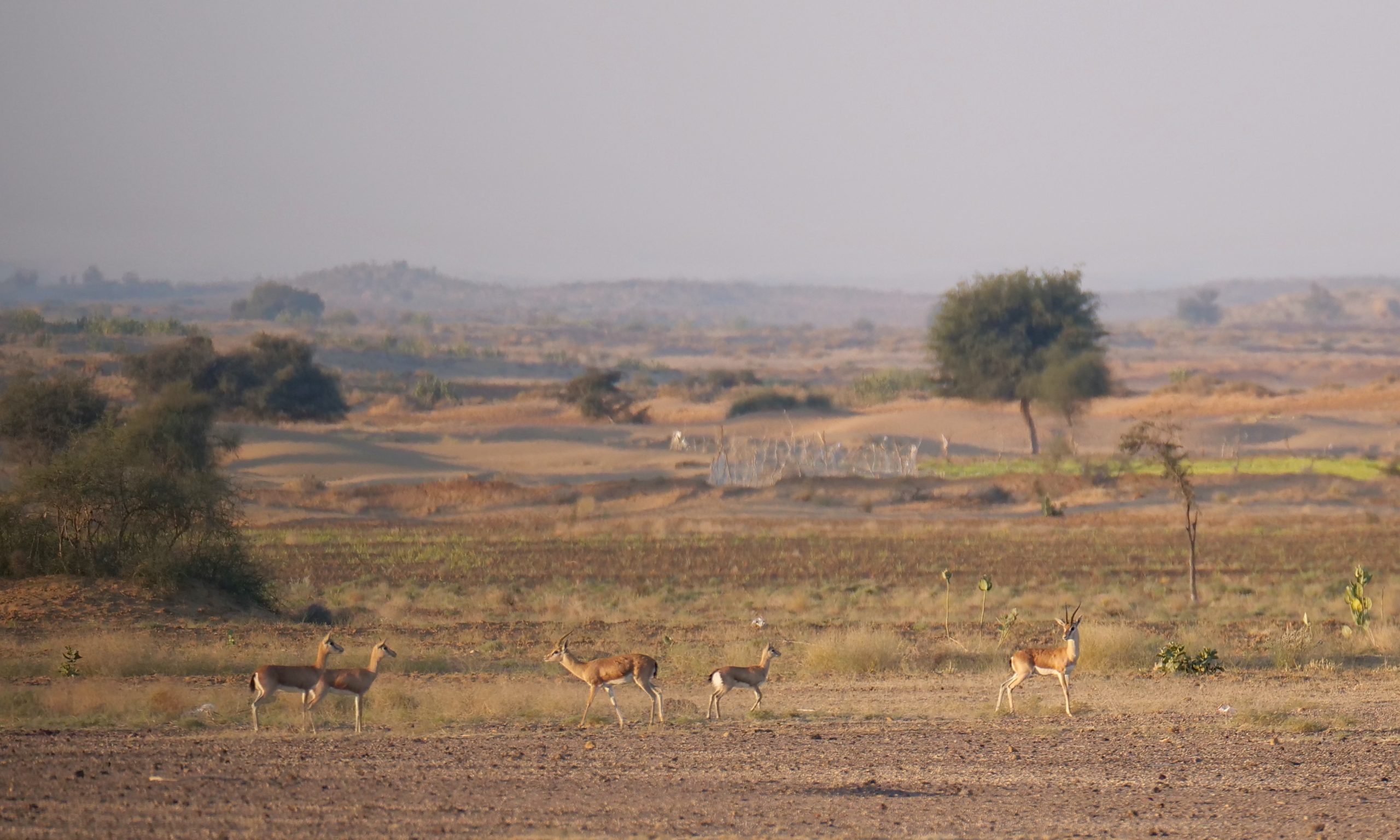An attentive observer, watching a non-sleeping bird, will very rarely see a serene creature.
For most of their waking moments, most birds are obviously keenly aware of their vulnerability to predators, their opportunities as predators, and/or of how best to defend or advance their “place” within an ever-competitive hierarchy.
Comments closed